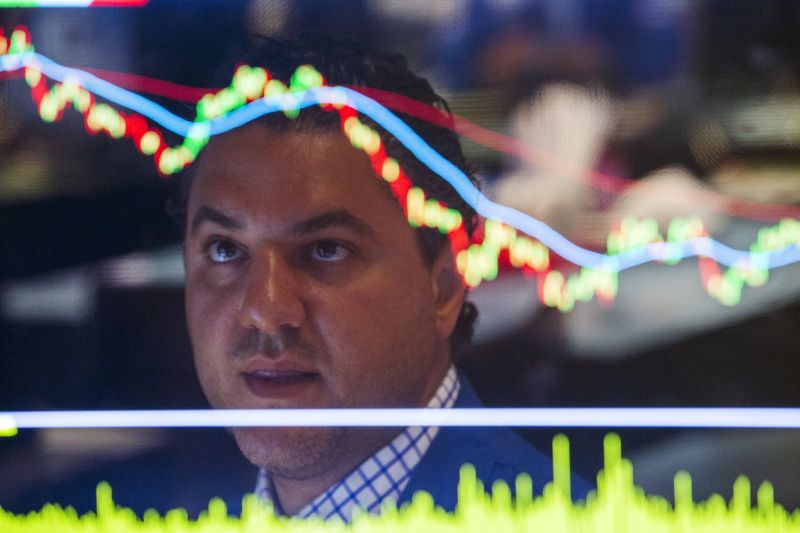Moody’s downgrades Senegal to Caa1 amid rising debt concerns
Investing.com -- Morgan Stanley’s chief U.S. equity strategist Michael Wilson sees the S&P 500 finding support near 5,500, as a mix of policy uncertainty, fiscal headwinds, and earnings pressure keeps market volatility elevated.
The index has struggled to break above 6,100, a level Wilson identified last year as a key resistance point, while the downside appears contained around 5,500 in the first half of the year.
“Our work on the tariff risk to earnings and fiscal headwinds suggest that the low end of the first half range is ~5,500,” Wilson wrote in a note.
“Our year-end 2025 base case price target remains 6,500, though the path is likely to be volatile as the market continues to contemplate these growth risks for the time being,” he added.
Several factors could support a near-term rebound. The 10-year Treasury yield has declined by about 50 basis points since mid-January, which historically correlates with an improving economic surprise index over the following weeks.
Furthermore, the U.S. dollar, which weighed on earnings during the fourth quarter, has weakened by 6% since January, easing pressure on multinational corporations.
Seasonal trends also point to improving earnings revisions and market performance through March, a dynamic that could help stabilize equities near the lower end of the current trading range.
“Price action at the lower end of the aforementioned range (toward ~5,500) is likely an attractive entry point assuming one is willing to tolerate continued volatility over the next several months,” Wilson noted.
Despite the short-term outlook, Wilson maintains that market conditions will remain challenging until fiscal and monetary policy adjustments provide a more constructive backdrop.
He highlighted that earnings revisions remain under pressure, which typically leads actual earnings estimates by about six months. Until these stabilize, multiple expansion would need to drive any meaningful upside in equities.
The strategist also pointed to changing market leadership, noting a recent rotation into defensive sectors and quality stocks amid concerns over slowing growth. While this trend could persist, he suggested that leadership could pivot toward cyclical stocks once economic data shows signs of firming.
With the S&P 500 sitting in the middle of its expected range, Wilson sees balanced risk-reward in the near term but emphasized that relative value trades remain the best strategy in a volatile environment.
“Unless the Fed decides to pivot hard again like last summer without growth concerns increasing, we think it makes more sense to focus on relative value trades for now,” he said.
